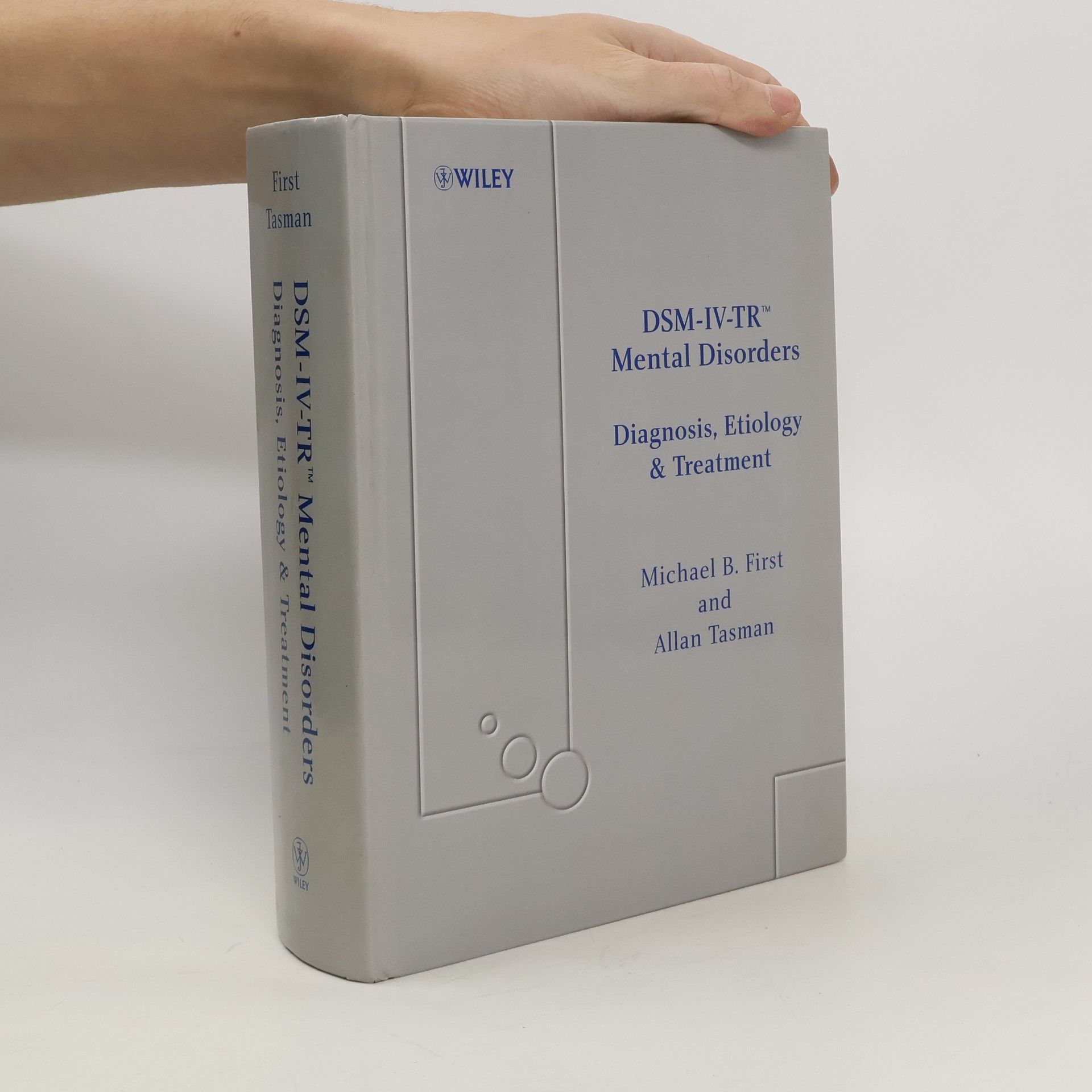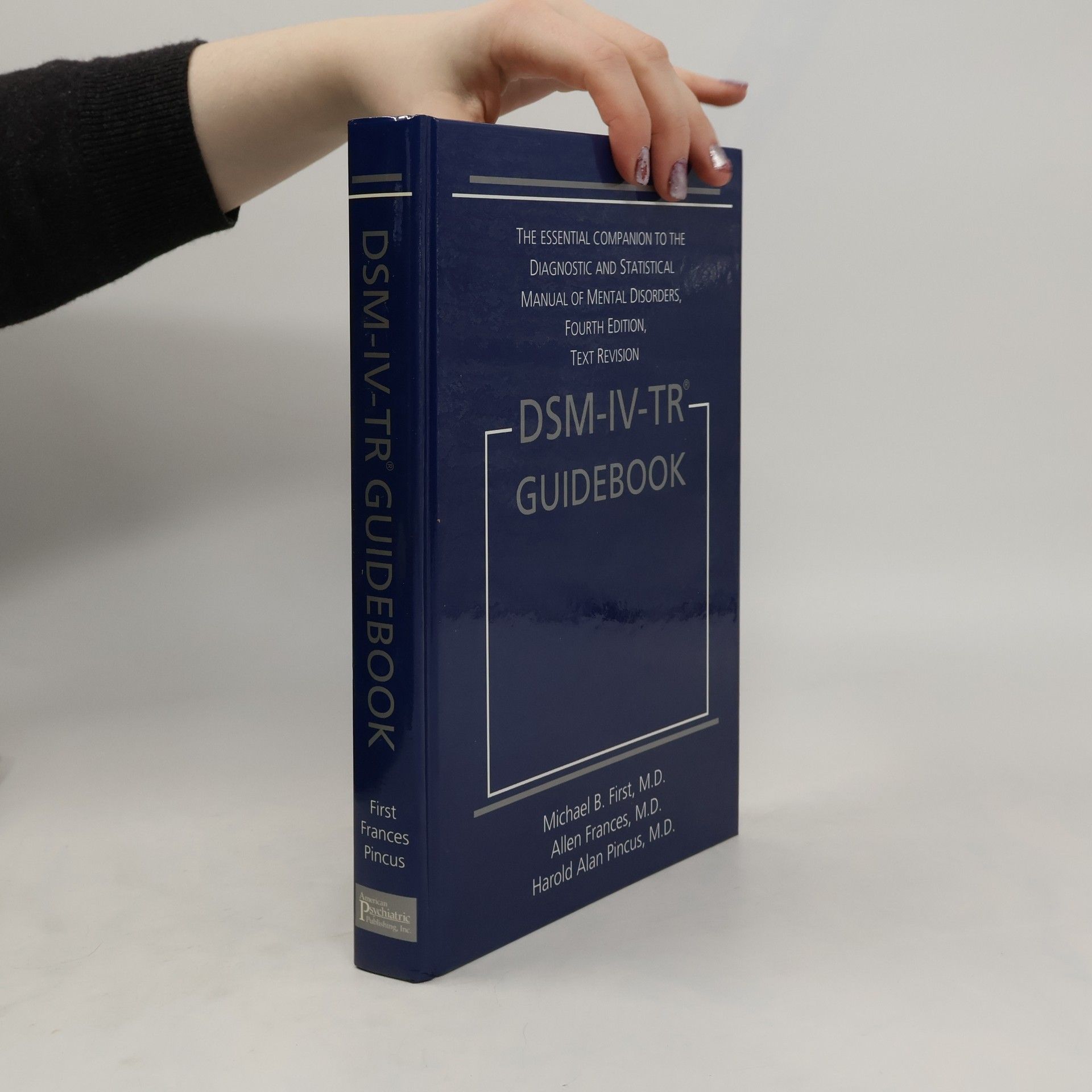DSM-IV-TR Guidebook
- 501pages
- 18 heures de lecture
The Diagnostic and Statistical Manual of Mental Disorders, 4th Edition, Text Revision is the US standard for diagnosis by mental health clinicians and researchers, but is so excruciatingly comprehensive as to be relatively indigestible. The guide describes the overall landscape of the mother volume, annotates its diagnostic criteria to clarify them, facilitates differential diagnosis, indicates historical contexts and controversies underlying changes, and suggests some future directions for psychiatric classification. It covers the 2000 edition. Annotation © 2004 Book News, Inc., Portland, OR



